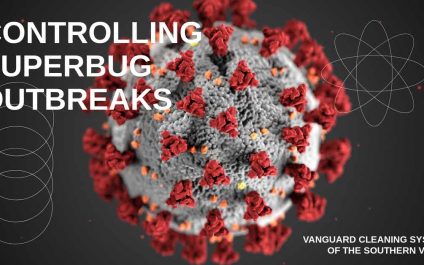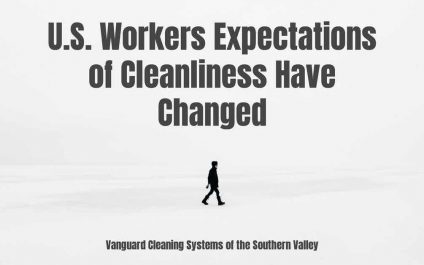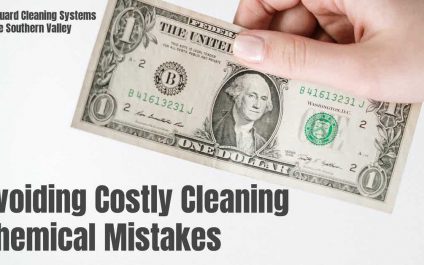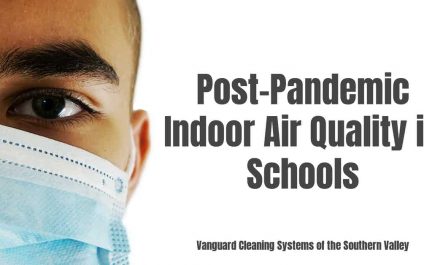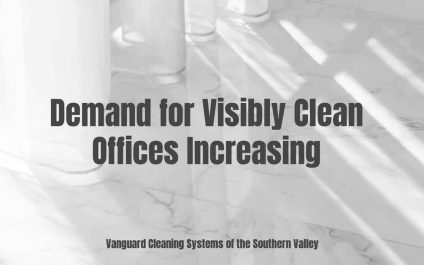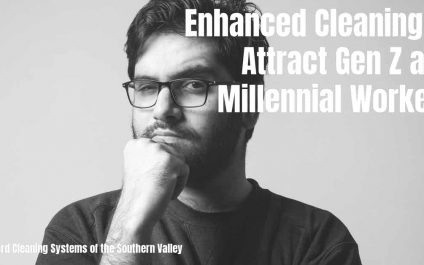A steady increase in superbug infections in the U.S. has health officials concerned, especially after a disturbing spike in cases was recorded during and after the COVID-19 pandemic, partly due to the increased use of antibiotics.
Superbug Infections Increase During and After COVID-19 Pandemic
Recent data shows several concerning trends:
An increase in superbug infections is occurring and may experience an enormous spike by 2050.
More than 750,000 people die from antibiotic-resistant infections annually, and that number is expected to reach 10 million by 2050.
In the United States alone, antibiotic-resistant microbes cause more than 2.8 million infections and over 35,000 deaths annually.



